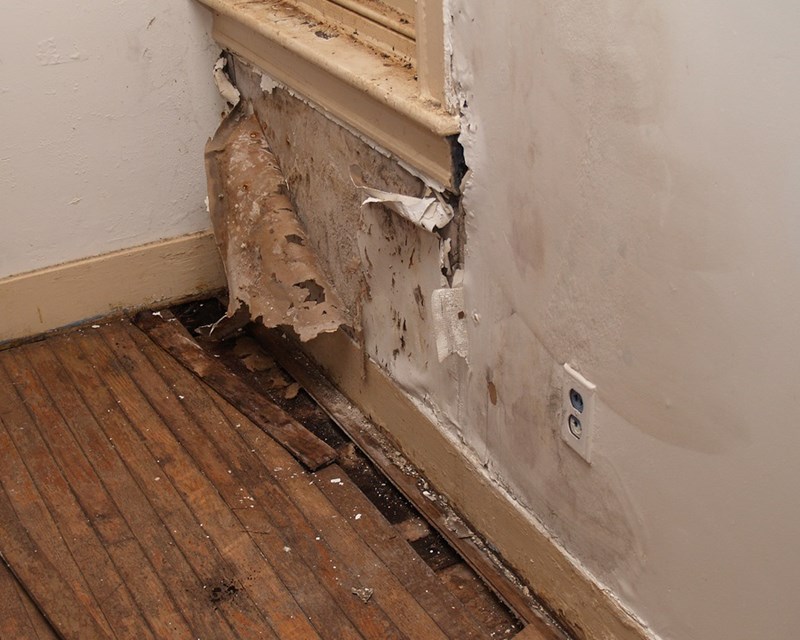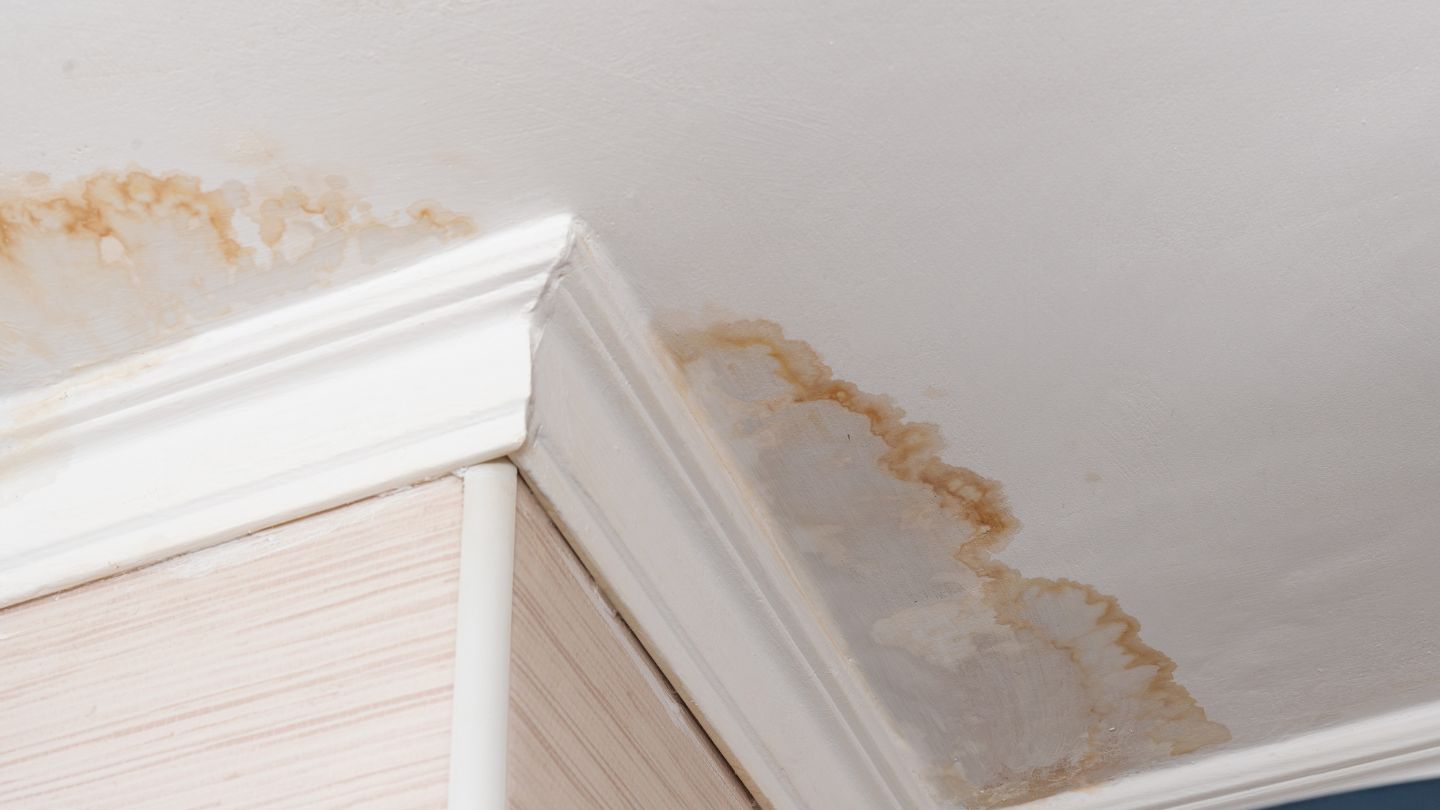Water Damage Restoration Specialists Ready to Fix Any Issue Fast
Wiki Article
The Process of Water Damage Cleanup: Ensuring Your Home Is Brought Back Efficiently
Water damages can be a challenging obstacle for homeowners, requiring a precise and structured clean-up procedure to recover security and functionality. Initially, a detailed assessment is critical to identify the level of the damage and identify the appropriate removal actions. Following this, reliable water extraction techniques play a critical function in minimizing further injury. The nuances of drying out, disinfecting, and ultimate remediation are equally vital and typically overlooked. Comprehending these stages can make a considerable difference in the end result of your home's repair, triggering a closer take a look at what each step involves.Examining the Damages
Upon finding water damages, the first step is to completely assess the level of the impact. This first analysis is vital, as it helps identify the essential actions for reliable cleaning and remediation. Begin by checking the impacted locations, including walls, ceilings, floorings, and individual valuables, to recognize the resource of the water breach, whether from flooding, leakages, or condensation.Documenting the damages is important for both insurance policy cases and preparing restoration initiatives - damage restoration services. Usage pictures and created notes to capture the intensity of the damage, keeping in mind any kind of affected architectural aspects and materials. Pay unique attention to areas that may not be right away visible, such as behind wall surfaces and under carpets, as concealed wetness can result in further complications, consisting of mold development
Additionally, assess the timeline of the water exposure. The longer the products remain damp, the better the possibility for damage. Comprehending the duration of direct exposure will educate the seriousness of remediation initiatives. Ultimately, a thorough assessment prepares for a successful water damage cleanup procedure, guaranteeing that all influenced areas are dealt with effectively and extensively.
Water Removal Methods

Experts typically use submersible pumps for bigger volumes of water, which can rapidly relieve flooding in basements or other influenced areas. For smaller sized quantities, wet/dry vacuum cleaners are often made use of to draw out recurring moisture from carpets and difficult surface areas. In addition, using portable extractors enables targeted removal in confined spaces or locations with fragile products.
In instances of infected water, such as sewer or floodwater, advanced extraction strategies may involve using biohazard equipment to make sure security and compliance with health and wellness regulations. High-powered extraction devices are important in reducing water retention in structural materials, which can result in mold and mildew development and architectural wear and tear if not resolved immediately.
Inevitably, the performance of water extraction techniques plays a crucial function in the overall success of the water damages cleaning process, laying the foundation for subsequent restoration efforts.
Drying and Dehumidification
As soon as standing water has been properly drawn out, the next essential stage in the water damage clean-up process is drying out and dehumidification. This action is necessary to avoid further damages and mold and mildew growth, which can occur within 24 to two days in damp settings.To accomplish effective drying out, specialized equipment such as industrial-grade air moving companies and dehumidifiers is utilized. Air moving companies flow air throughout wet surface areas, improving evaporation rates, while dehumidifiers lower humidity levels in the air, advertising a conducive environment for drying. The combination of these devices makes sure that moisture is drawn out from home furnishings, floorings, and wall surfaces, permitting them to dry completely.
It is necessary to check the drying procedure closely. Specialists typically make use of wetness meters to evaluate the moisture web content in numerous materials, ensuring that all water damage repair services influenced locations reach acceptable dryness levels. This meticulous technique aids to stop covert dampness pockets that could bring about architectural damage or undesirable mold and mildew growth.

Cleaning and Sterilizing
After the drying out and dehumidification phase is full, the following essential action in water damages cleaning is cleansing and disinfecting the impacted locations. This procedure is vital to stop the development of mold and mildew, microorganisms, and other microorganisms that thrive in moist settings.The cleaning phase normally includes eliminating any debris, dirt, and pollutants from surfaces making use of specialized cleansing representatives. For tough surface areas, a mix of soap and water or commercial cleaning products is commonly employed. Soft materials, such as furniture and carpets, might need more extensive cleaning methods, including heavy steam cleaning or deep extraction methods, to make certain detailed sanitation.

Sterilizing adheres to cleaning, making use of EPA-approved disinfectants to eliminate harmful bacteria. This step is essential, specifically in locations that might have entered into contact with floodwaters or sewer, as these sources can posture significant health and wellness dangers.
Additionally, it is very important to deal with any type of remaining smells, which might need the use of odor neutralizers or innovative strategies like ozone treatment. Proper cleansing and sanitizing not only restore the safety and hygiene of your home but also prepared for successful reconstruction and repairs in subsequent stages of the water damages clean-up process.
Restoration and Repairs

Once the evaluation is full, restoration initiatives can start. Additionally, flooring may call for comparable interest, depending on the level of water direct exposure.
It is crucial to engage knowledgeable restoration professionals throughout this process, as they have the knowledge to manage complicated fixings effectively. They can assist minimize prospective future concerns, such as mold development or architectural instability, therefore making sure a secure and habitable living environment. Ultimately, reliable restoration and repair work restore the home's stability and improve its general worth.
Conclusion
In final thought, the process of water damages cleanup is critical for recovering a home to its pre-damage problem. Each stage, from analyzing the damages to implementing effective water removal methods, adhered to by thorough drying, disinfecting, and essential repairs, plays a necessary function in making certain security and compliance with structure standards. Reliable execution of these steps not only alleviates prompt damage yet also enhances the long-term honesty and worth of the residential property.Water damage can be a complicated challenge for home owners, necessitating a thorough and organized clean-up process to recover safety and security and performance. Eventually, a comprehensive evaluation lays the foundation for a successful water damages clean-up procedure, making certain that all impacted locations are resolved properly and completely.
Effective water extraction techniques are essential in alleviating damage and avoiding further complications adhering to a water breach occasion.In final thought, the procedure of water damage cleanup is crucial for recovering a home to its pre-damage problem. Each stage, from assessing the damage to implementing efficient water extraction methods, complied with by thorough drying, sanitizing, and required repair services, plays an important duty in ensuring safety and security and conformity with building criteria.
Report this wiki page